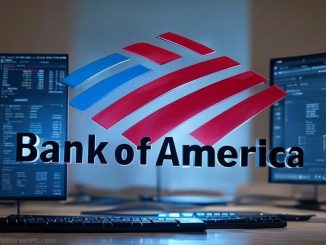Those of you who follow the market closely noticed it didn’t react to last week’s government shutdown soap opera. Take a look at this S&P500 chart. Once it recovered from the March 11 Tsunami, it was essentially flat for the last two weeks. There were a number of reasons for this:
- The market long ago decided this was just the preliminary bout. The debt limit will be the main event as well explained today by Jackie Calmes of The New York Times. Treasury Secretary Tim Geithner had several closed door meetings last week on the Hill about the debt limit five weeks before he expects to hit it.
- Despite the media hype, I and several others who follow Washington for Wall Street were taking leaders at their word that they didn’t want a shutdown. I know it’s a stretch to take leaders at their word, but round the clock staff work over the past ten days and OMB Director Jack Lew’s direct involvement indicated a deal was in the works.
- The market was focused on earnings, which will be strong. Earnings reports will start appearing next week.
- The market had other things to watch: Libya; the European Central Bank rate hike; the EU bailout of Portugal; radiation levels in Japan; rising energy, food, and gold prices; and our tenaciously stimulative Fed. Washington likes to think its the center of the universe, but events elsewhere occasionally eclipse it.
- Market makers had decided they could make money only on a prolonged government shutdown of more than a week. The odds of that were low all along.
The market can be driven by psychology, but it’s refreshing it ignores a head fake and stays focused on the ball. It’s the debt limit that matters.
- Bulenox: Get 45% to 91% OFF ... Use Discount Code: UNO
- Risk Our Money Not Yours | Get 50% to 90% OFF ... Use Discount Code: MMBVBKSM
Disclaimer: This page contains affiliate links. If you choose to make a purchase after clicking a link, we may receive a commission at no additional cost to you. Thank you for your support!





Leave a Reply